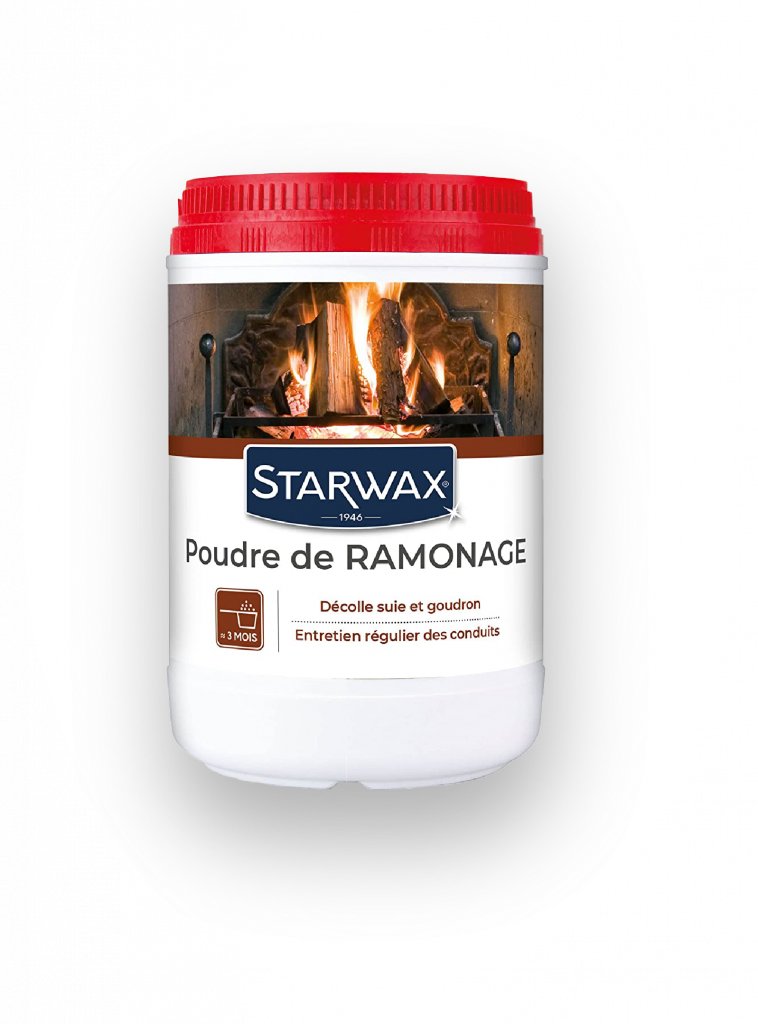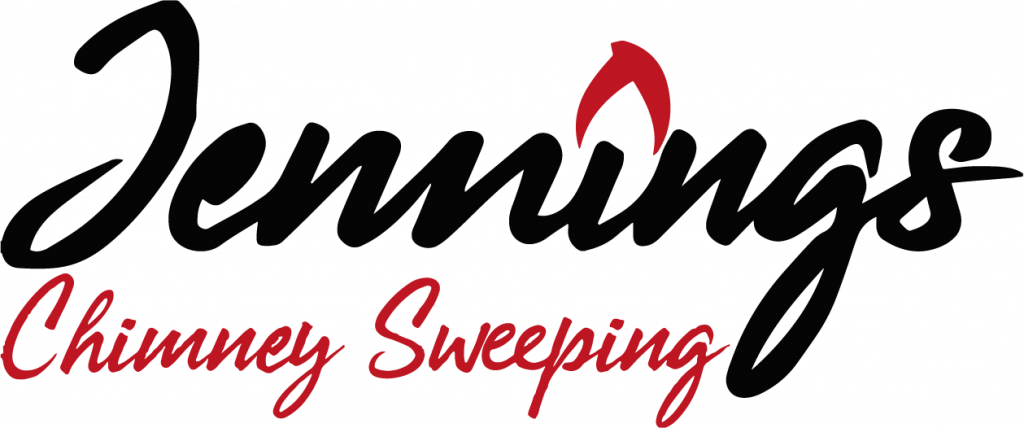Chemical treatment for tar removal
Chemical Tar Removal
Any tar build up in a chimney or liner must be removed due to it’s flammable nature. In the event that tar cannot be removed from the sweeping process alone, other solutions must be considered.
Chemical tar removal treatments are used to remove tar from liners or a structurally unsure chimneys when more abrasive cleaning methods, such as a débistrage risk causing damage.
Chemical treatments rely on professional grade chemicals reacting with the glazed creosote (tar) and drawing out the moisture, reverting it back into dry and brittle creosote which can then be swept out of the chimney from standard sweeping procedures
The entire process takes two weeks to complete.
Chemical Tar Removal
Any tar build up in a chimney or liner must be removed due to it’s flammable nature. In the event that tar cannot be removed from the sweeping process alone, other solutions must be considered.
Chemical tar removal treatments are used to remove tar from liners or a structurally unsure chimneys when more abrasive cleaning methods, such as a débistrage risk causing damage.
Chemical treatments rely on professional grade chemicals reacting with the glazed creosote (tar) and drawing out the moisture, reverting it back into dry and brittle creosote which can then be swept out of the chimney from standard sweeping procedures
The entire process takes two weeks to complete.

How it works
- On the first visit, following a chemical treatment being deemed necessary, the flue will be heated to establish a draw up the chimney. Once adequate heat has been applied, an industrial grade chemical powder is atomised and sprayed up the chimney by an air compressor in interval bursts until all the existing tar has been covered.
Over the next two weeks, hot fires will need to be burning for atleast 2 hours a day. The chemicals in the chimney will react to the heat and draw out the moisture in the tar, leaving it brittle and more importantly, sweep-able.
- On the final visit, following the two week burn period, the chimney will be swept. Following the sweep, an internal video inspection will be carried out to guarantee all the tar deposits have been removed and a certificate will be issued confirming the chimney’s safety to use.
If you suspect you have tar in your chimney, get in touch with us. We will be able to asses whether a chemical treatment is necessary for your situation or find an alternative solution if not.

How it works
Initial treatment
On the first visit, following a chemical treatment being deemed necessary, the flue will be heated to establish a draw up the chimney.
Once adequate heat has been applied, an industrial grade chemical powder is atomised and sprayed up the chimney by an air compressor in interval bursts until all the existing tar has been covered.
Over the next two weeks, hot fires will need to be burning for at least 2 hours a day.
The chemicals in the chimney will react to the heat and draw out the moisture in the tar, leaving it brittle and more importantly, sweep-able.
Final sweep
On the final visit, following the two week burn period, the chimney will be swept.
Following the sweep, an internal video inspection will be carried out to guarantee all the tar deposits have been removed and a certificate will be issued confirming the chimney’s safety to use.
If you suspect you have tar in your chimney, get in touch with us. We will be able to asses whether a chemical treatment is necessary for your situation or find an alternative solution if not.
Tar removal chemicals (domestic grade)
As an Amazon Associate, I make a commission from qualifying purchases.


How it works
Initial treatment
On the first visit, following a chemical treatment being deemed necessary, the flue will be heated to establish a draw up the chimney.
Once adequate heat has been applied, an industrial grade chemical powder is atomised and sprayed up the chimney by an air compressor in interval bursts until all the existing tar has been covered.
Over the next two weeks, hot fires will need to be burning for at least 2 hours a day.
The chemicals in the chimney will react to the heat and draw out the moisture in the tar, leaving it brittle and more importantly, sweep-able.
Final sweep
On the final visit, following the two week burn period, the chimney will be swept.
Following the sweep, an internal video inspection will be carried out to guarantee all the tar deposits have been removed and a certificate will be issued confirming the chimney’s safety to use.
If you suspect you have tar in your chimney, get in touch with us. We will be able to asses whether a chemical treatment is necessary for your situation or find an alternative solution if not.

